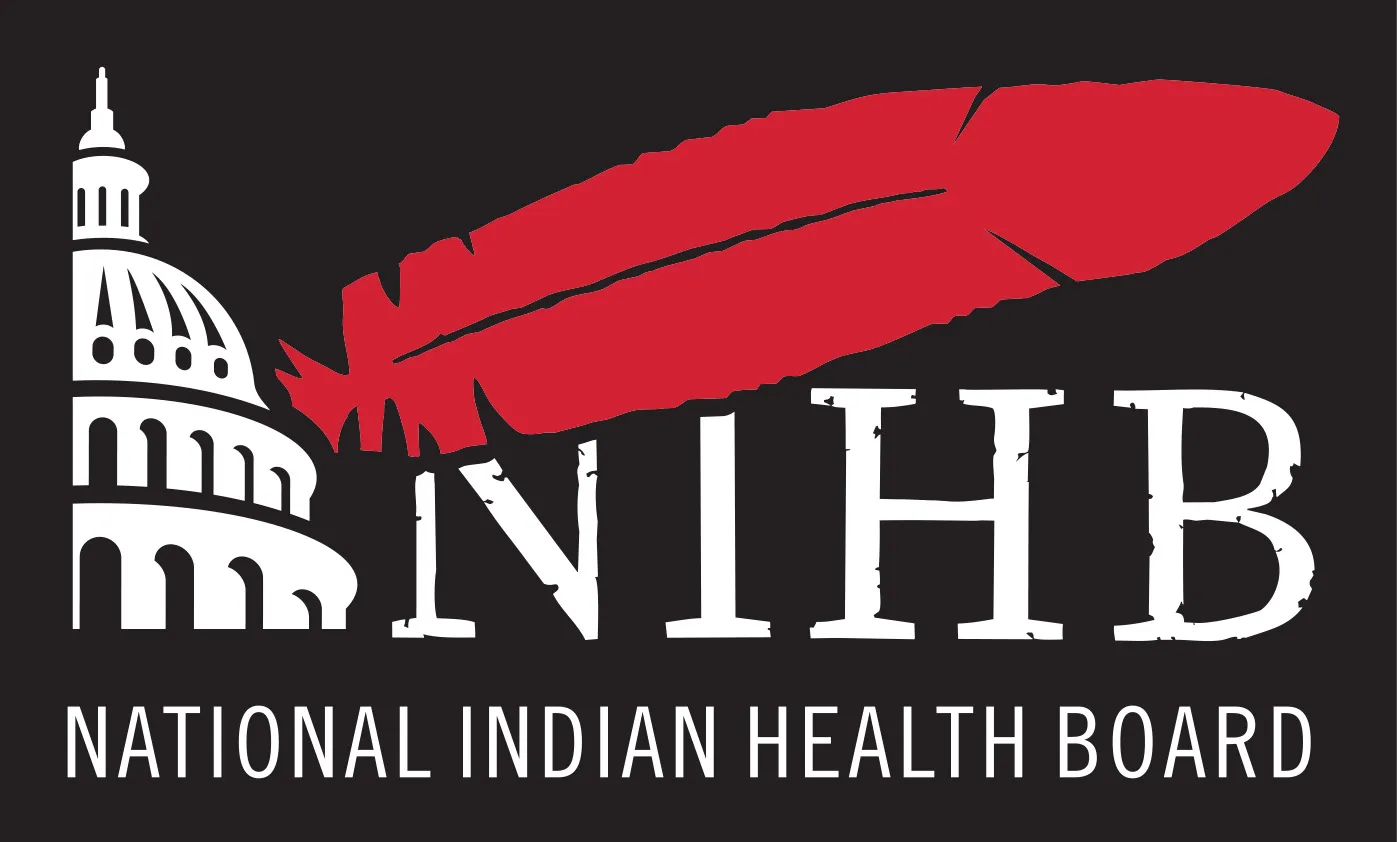Funding Approved Through January 31, 2026
On November 12, 2025, Congress passed and the President signed into law the Continuing Appropriations, Agriculture, Legislative Branch, Military Construction and Veterans Affairs, and Extensions Act, 2026, ending the longest federal government shutdown in United States history. This temporary agreement reopens the government by extending Fiscal Year (FY) 2025 funding levels, for most accounts, through January 31, 2026. For Tribal Nations and Tribal health systems, this Continuing Resolution (CR) prevents immediate disruptions to care while Congressional leaders work towards a final funding agreement.
Why This Matters for Tribal Nations
- Essential healthcare services remain open. The Indian Health Service (IHS) will continue operating at FY 2025 levels, including the six accounts that did not receive advance appropriations. Throughout the shutdown, IHS relied on advance appropriations, carry-over funds, and third-party revenue to maintain all services and functions.
- Reductions in Force paused: Congress reversed Reduction in Force (RIF) actions issued since October 1. This restores more than 1,100 HHS staff positions, including dozens at Substance Abuse and Mental Health Services Administration, Health Resources and Services Administration, and the Administration on Community Living, and prevents additional cuts through January 31.
- Critical Tribal serving public health programs are temporarily extended. The CR extends the Special Diabetes Program for Indians (SDPI), providing flat funding of $53.15 million through January 2026. Medicare telehealth flexibilities, Community Health Centers, the National Health Service Corps, and Hospital-at-Home programs were also extended through January 31.
- Enhanced Premium Tax Credits remain in limbo. Congress did not include an extension of the Enhanced Premium Tax Credits (EPTC) in the CR, so the current subsidies will expire December 31. Without an extension:
- Marketplace insurance premiums will increase for an estimated 318,000 American Indian and Alaska Native people.
- IHS, Tribal, and Urban Indian Organizations will likely see a drop in third-party revenue, as the Marketplace insurance becomes unaffordable for AI/AN beneficiaries, in turn increasing strain on already an underfunded system.
Nutrition and Food Security: A three-bill minibus funding package in the CR covers FY 2026 funding for Military Construction and Veterans Affairs, Agriculture, Rural Development, Food and Drug Administration and Related Agencies, and the Legislative Branch. This includes:
- $118.14 billion for the Supplemental Nutrition Assistance Program, a $4.24 million decrease from FY2025.chrome-extension://efaidnbmnnnibpcajpcglclefindmkaj/https:/www.appropriations.senate.gov/imo/media/doc/lbfy26aconf.pdf
- $7.69 billion for the Special Supplemental Nutrition Program for Women, Infants, and Children (WIC), a $66 million increase over FY 2025.
- $235 million for the Food Distribution Program on Indian Reservations (FDPIR), a $70 million increase over FY 2025 levels.
What’s Next?
Nine FY2026 appropriations bills remain to be passed, including Interior, Environment, and Related Agencies (which funds IHS) and Labor-HHS, which must be passed by January 31 to avoid another partial government shutdown.
Congressional leaders are now negotiating these bills and may release draft agreement language in the coming weeks.
NIHB will continue to strongly advocate for:
- Full and mandatory funding for the Indian Health Service
- Permanent advance appropriations for IHS, as well as the Bureau of Indian Affairs and Bureau of Indian Education within the U.S. Department of the Interior
- Extension of Enhanced Premium Tax Credits to protect AI/AN families
- Protection of critical public health programs across HHS
NIHB will keep Tribal Nations informed as developments unfold.





